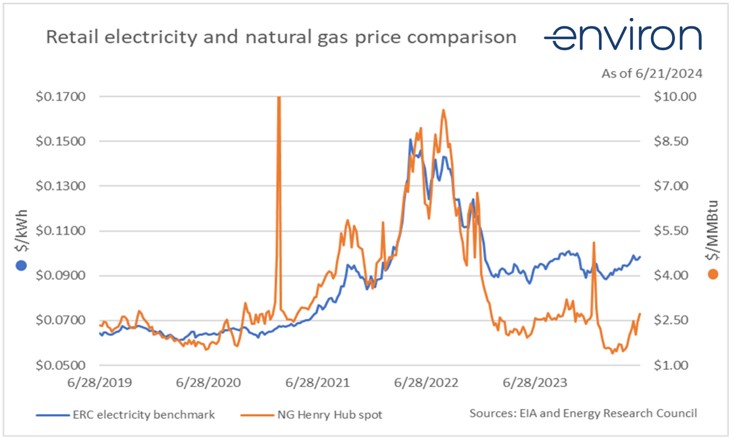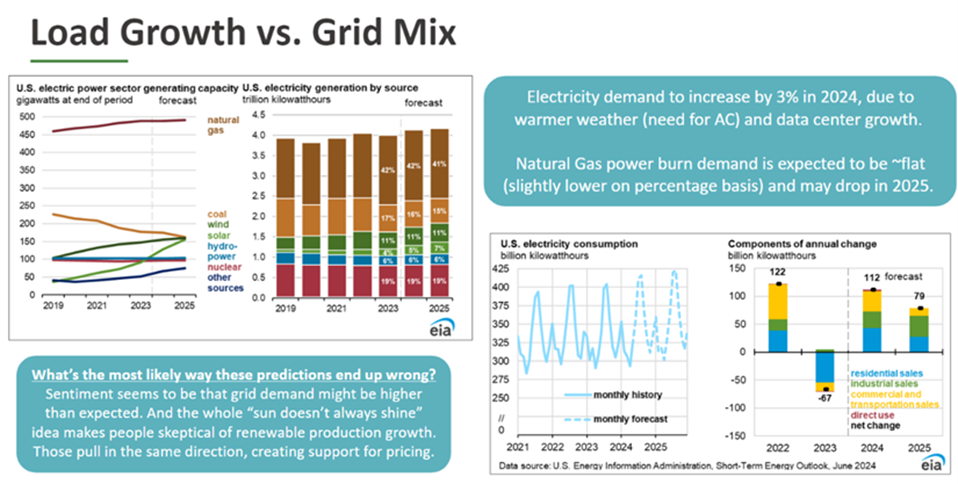Peak Day Management in 2024
As summer heats up, so does the demand for energy. This can lead to higher electricity prices, especially during peak demand periods. Here’s a reminder of how peak day management can help you save money:
- Peak demand periods typically occur during the hottest days of the year, when air conditioning usage is high.
- By strategically reducing your energy consumption during these times, you can significantly lower your capacity costs on your electricity bills.
- These costs are based on a “snapshot” taken by the Independent System Operator (ISO) during peak times. A lower usage reading during this snapshot translates to lower capacity charges for the following year.
2024 Summer Energy Outlook
Here’s a quick look at what to expect this summer:
- Electricity Demand: Warmer temperatures are predicted across the US, which means higher electricity demand for cooling homes and businesses. This could lead to strain on the grid during peak hours, especially in regions that rely heavily on natural gas for power generation.

- Electricity Prices: The good news is that nationwide electricity prices are expected to be similar to last summer, with some regions even seeing a slight decrease. This is due in part to lower natural gas costs. However, these are averages, and your bill may vary depending on your location and utility company.

- Shifting Generation: The US is seeing a continued shift away from coal-fired power plants and towards renewable sources, particularly solar. This trend is expected to continue this summer, with solar playing a bigger role in electricity generation.

Peak Demand
- Peak demand occurs when the highest electrical power is used on the grid at one time, typically in the middle of the day.
- Ensuring sufficient electricity supply during peak times is crucial to avoid brownouts, blackouts, and outages.
Capacity Costs
The capacity portion of your electricity bill is based on your building’s usage during peak demand hours – your region’s ISO (Independent System Operator) takes a snapshot of your capacity tag and on peak energy usage on days where the most energy is drawn from the grid.
- Capacity Costs are calculated using your facility’s energy usage (kWh) and demand requirements during peak times (usually the hottest days).
- Capacity Tags: Devices that monitor daily usage and peak demand, providing data for capacity cost calculations.
Strategies to Reduce Costs
- Curtail Usage: Reduce electricity use during peak hours to lower capacity costs for the following year.
- Regional Differences:
- ISO-NE and NYISO: Costs are based on a snapshot of usage during the hottest hour of the hottest day.
- PJM: Costs are based on the average of usage over five peak hours during the hottest days.
Adopting a strategic approach to manage peak demand and capacity costs can help control and reduce your energy budget during the summer months and beyond.